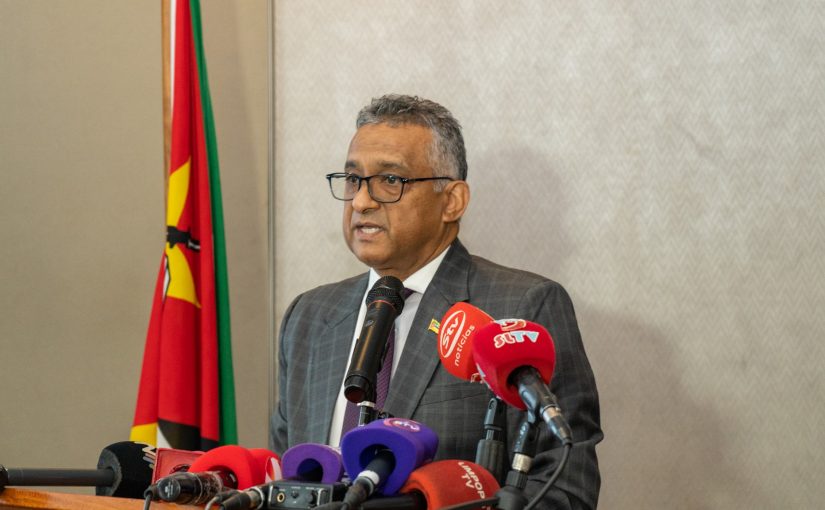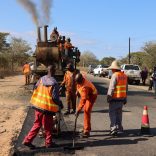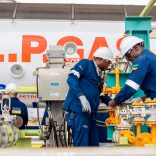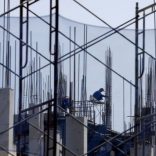Mozambique: Private security companies owe 123 million meticais to INSS
Extreme weather events may push over 1.5 million Mozambicans into poverty

Photo: Ministério da Planificação e Desenvolvimento
Over 1.5 million Mozambicans may be pushed into poverty by 2050 as a result of the combined impacts of climate shocks and environmental degradation.
According to the Minister of Planning and Development, Salim Valá, who was speaking at a “National Climate Finance Conference”, held in Maputo, this estimate takes into account the alarming fact that the government’s Contingency Plan for the 2025-2026 rainy season has a deficit of eight billion meticais (125.1 million US dollars, at the current exchange rate).
To respond to the challenge, Vala said, the country will need to mobilize about 37.2 billion US dollars by 2030 to achieve full climate resilience in terms of both human capital and physical and natural capital.
“If the country fails to gather the necessary resources, the number of people in situations of social vulnerability could increase dramatically in the coming decades. These numbers are not just statistics. They are lives, they are families, they are the future of our Mozambican children, adolescents, and young people”, he said.
However, he added, there are successful experiences that can serve as reference points, such as the “carbon market, already under development in the country, resulting from a partnership with the African Carbon Markets Initiative.”
Valá explained that this collaboration is aimed at launching the “National Carbon Market Activation Plan”, positioning Mozambique as a potential regional leader in this sector.
READ: Mozambique: Government wants more sovereign debt swaps for climate action
Another case highlighted by the politician is the debt swap with Belgium, which converted 2.4 million Euros into climate investment. “The initiative demonstrates how economic diplomacy can generate concrete positive environmental and social impacts”, Vala claimed.
“Cape Verde emerges as an inspiring example as it negotiates sovereign debt swaps for climate action, transforming financial obligations into investments for the energy transition and the blue economy. Part of these resources are reinvested in national resilience funds, in a model that combines financial sustainability and development autonomy”, he said.












Leave a Reply
Be the First to Comment!
You must be logged in to post a comment.
You must be logged in to post a comment.